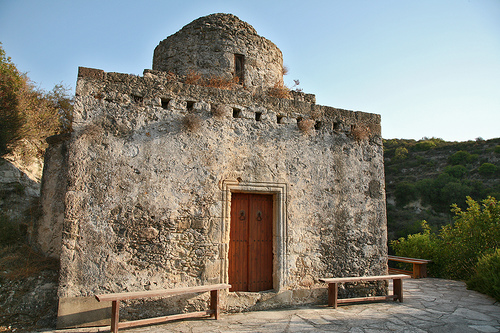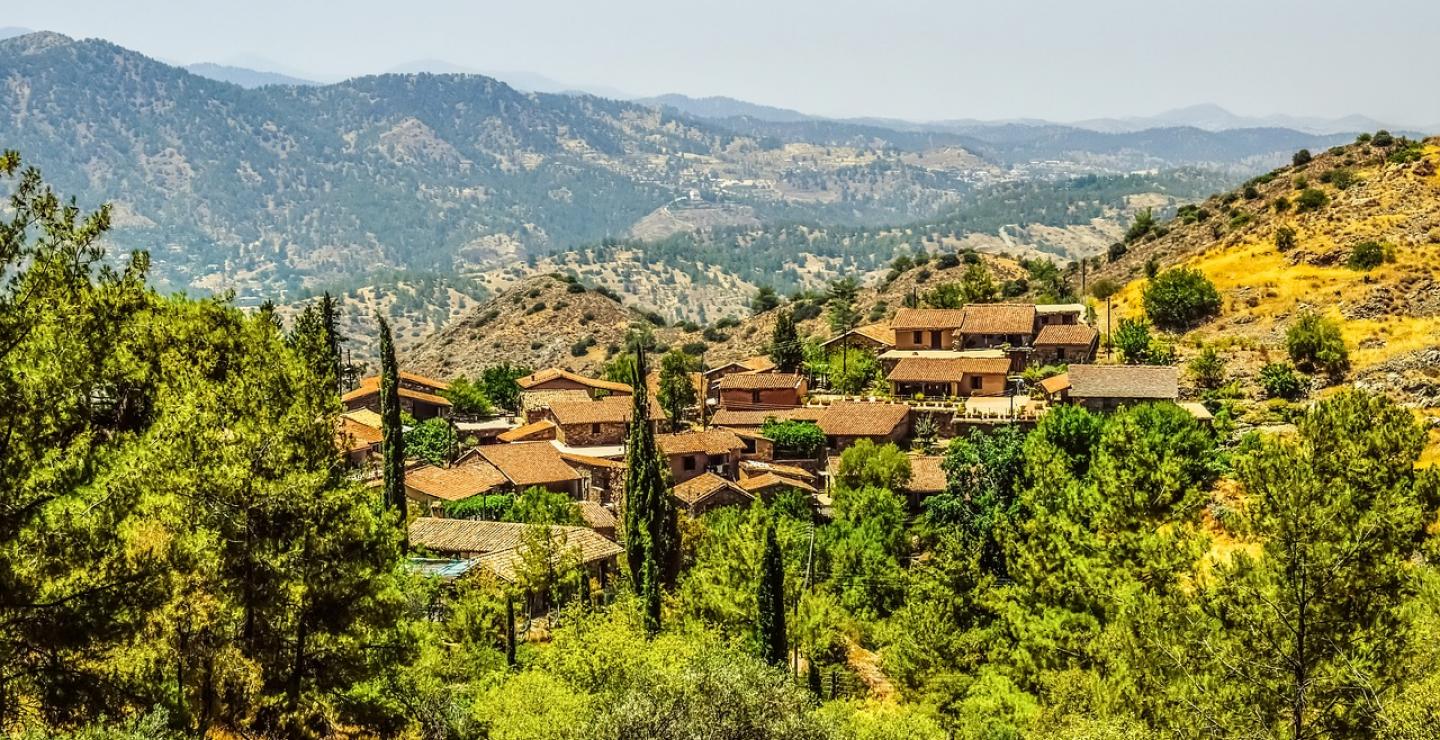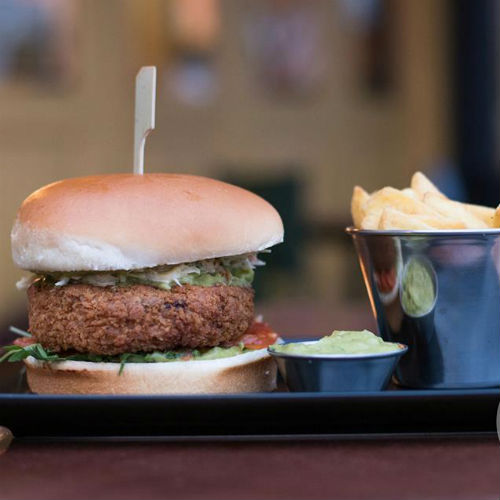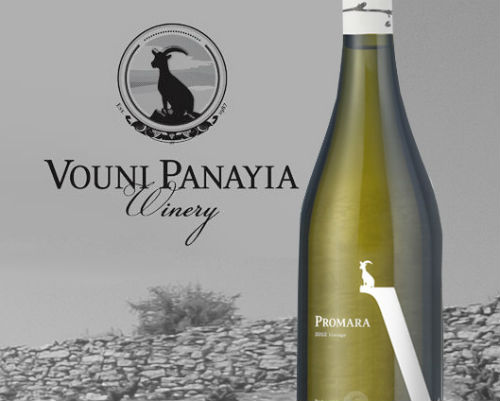Getting to Know the Laona Region
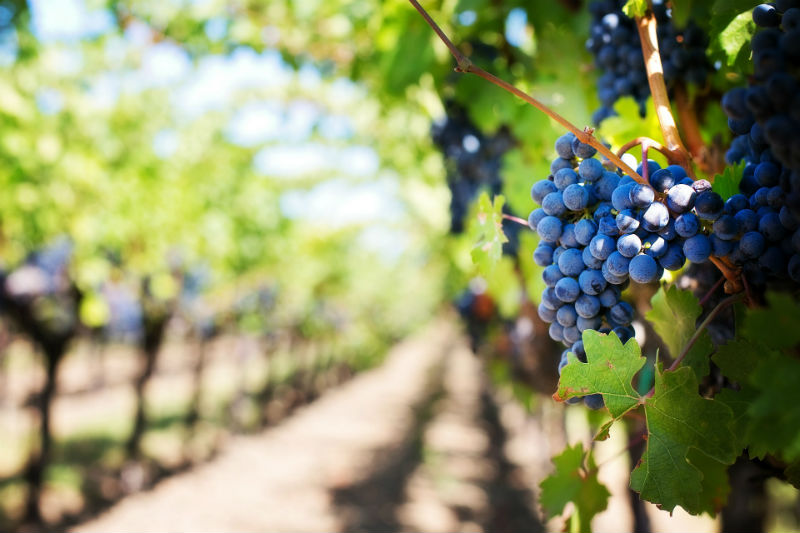
The Laona Valley region encompasses some of the most picturesque villages in the district of Paphos, an area which rises up to about 600 metres above sea level.
Found between the town of Polis Chysochous and the Akamas Pensinsula, the Laouna region’s proximity to the sea and extension into the mountains offers magnificent panoramic views of its rugged coastlines and charming traditional villages.
There is insight to be gained regarding the local Cypriot culture within these villages, many of which are surrounded by lush vines from which they produce some of the best wines in the region. It is indeed here where you will get to know the indigenous grape variety known as ‘Xynisteri’ as well as the rare ‘Maratheftiko’ variety, regarded as one of the best red wine varieties of the island.
My Cyprus Travel delves into the most prominent villages of the Laona region (Inia, Droushia, Kathikas, Pano and Kato Akourdalia) to give you a taste of the unforgettable memories you will attain as you drive through the region.
Droushia
Set on the hills above the Peyia Forest at the highest point of the Laouna Valley, the village of Droushia is small yet offers much to see. At various points throughout the village, one can grasp the breathtaking views of the Troodos Mountains as well as the fishing towns of Polis Chysochous and Latchi found at the northwest entrance to the Akamas.
Droushia’s cool climate offers excellent opportunities for exploring the nature around it, with trails in abundance that are ideal for hiking, cycling and bird watching.
At the heart of the village is the quaint church of Ayios Epiphanios beside two lively coffee shops where one will come across locals sipping coffee, animatedly conversing and playing backgammon.
The village’s weaving museum, just off the village square, hosts exhibitions during the summer months, while the ancient monastery of Ayios Georgios Nikoxilitis, found on the east side of the village and initially built in the fifteenth century, provides a pleasant stroll through the village’s winding back streets.
Inia Village
The village of Inia originally takes its name from the word ‘inos’ – the word used by Ancient Greeks for ‘wine’.
This should come as no surprise considering the village is nestled among vineyards and is one of the primary wine-grape growers of the area, included along the Laona-Akamas wine route.
The village is also famous for its traditional handicraft of basket weaving, which is still practised today. One can find the products the locals weave, including the baskets and other items, exhibited in the village’s museum.
Inia affords stunning views across the Akamas Peninsula; its breathtaking beauty has made it popular for walks and photography, as well as for avid rock climbers who make use of the big rocks found on the western outskirts of the area.
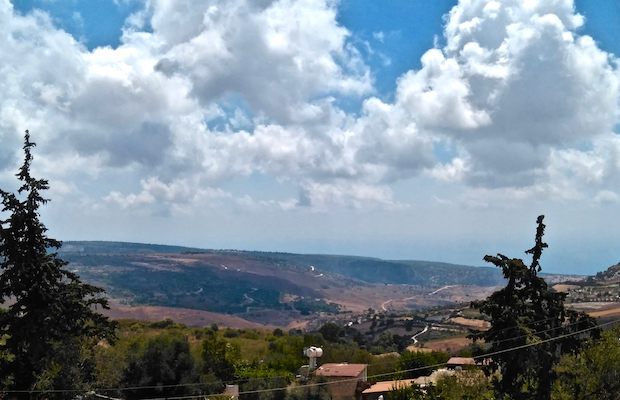
View from the village of Inia
Kathikas Village
The village of Kathikas is one of the longstanding and prominent winemaking villages of the Paphos region. According to legend, Kathikas either took its name from its original owner or from the verb ‘to sit’ – ‘kathizo’ in Greek – because the village seems to rest on a levelled location when looked at from afar.
Relatively small in size and traditional in its appearance, the village has been inhabited since ancient times and today offers a wide selection of agrotourism destinations within its tranquil environs.
It provides fine examples of folkloric architecture and is adorned with numerous churches, including the Panayia Evangelistria (1870) which hosts the Icon of Saint Ayios Ipatios, who is said to be the saint of the village and is famed for creating miracles.
Aside the cultural centre in the heart of the village (which offers an array of information and maps on things to do in the region), the Donkey Farm at the village entrance provides a fun day out. On location one can feed the donkeys, have a coffee and taste donkey milk.
The village makes two popular regional wines known as the ‘Vasiliko’ and ‘Sterna’.
Pano & Kato Akourdalia
Built on a hilltop in the traditional architectural style of the region, Pano and Kato Akourdalia is situated about 23km north of the town of Paphos. The village is divided into two parts, ‘Pano Akourdalia’ meaning ‘upper Akourdalia’ and ‘Kato Akourdalia’ meaning ‘lower Akourdalia’.
Legend has it that the village borrowed its name from the French phrase ‘au cours de I’eau’ meaning ‘alongside the water’. Another interpretation says it was lent its name from the word ‘korda’, which refers to the long and strong rope traditionally made in the village.
Rich in vegetation, the village not only offers a serene atmosphere with spectacular views of the Chysochous valley stretching below it but also vines, carob trees, almond trees, citrus trees and grain.
In the heart of the village, one will find the Botanical and Herbal Museum, said to be one of the oldest such museums on the island. Here one will discover an array of Cypriot aromatic herbs and their usages.
In Kato Akourdalia, one will stumble upon the medieval chapel of Ayia Paraskevi, set close by an imposing gorge.
